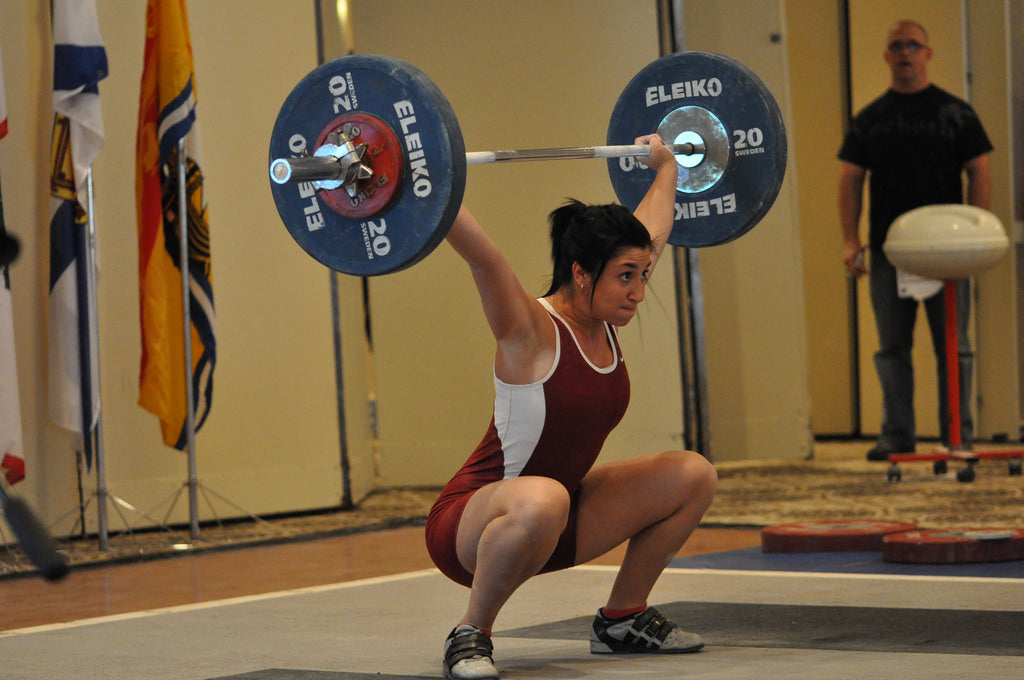
How to Enhance Your Olympic Weightlifting Performance
Share
Olympic weightlifting is not a sport you would naturally pick up and succeed from the word go. This doesn’t mean that you cannot transition easily into formal competition lifts. However, it takes great sacrifice and an enormous number of hours to continue progressing after the initial surge of success.

Many Olympic weightlifters will tell you that the sport requires focus because disappointments will come to push you towards the quitting line. To succeed in Olympic weightlifting, below are things you should start doing.
Squatting with Integrity

Weightlifting places huge demands on the maximal strength of an athlete. A majority of lifters on the other hand sacrifice integrity in the squat so that they almost perform a hybrid low bar to move more weight. The main purpose of squatting in weightlifting should be to enhance your jerk, clean, and snatch. This is because squatting is the ultimate strength movement to help you build a stronger and more forceful base.
Don’t Train Too Heavy
Athletes who go too heavy risk impacting negatively on their power output, increase injury risks, and affect their technique. The recommendations for athletes is for them to spend most of their training in the 70-85% of maximum for about 2 to 4 reps for snatches, cleans, and jerk variations.
You can also use squats in the same loading, but with higher rep schemes so as to allow for enhanced volume. To prepare you for heavier lifts, integrate lifts over 85+% into your program.
Follow a Program

It helps to have a set program complete with progression, loading schemes, regressions, as well as methodical tracking and analysis. For the rudimentary lifter, performing daily WODs including weightlifting movements may be sufficient. However, this may not fully address your specific concerns, needs, as well as provide you with sufficient frequency to develop psychological adaptations and skill.
Learn to Exert Maximal Tension
Lifters who fail to harness tension end up in unbalanced pulls and setups. This imbalance may kickstart a cascade of weightlifting faults. It is therefore important that you develop, harness, and exert tension and balance upon a loaded barbell. The best way to address this is to become highly aware of both your setups and receiving positions throughout your strength work and lifts.
Mobilize Your Hips

When doing overhead squat, front squat, clean, snatch, and split jerk, the hips can be a culprit for poor movement. Hips may result in poor squatting strength, health, and mechanics. Because of the importance of squatting to weightlifting, athletes should prioritize hip movement and health.
Implementing static stretching routines, mobility CrossFit training, and controlled range of motion movements can help you in your overall joint development and connective tissues health. Other tips you may want to look at include varying your intensities, training every lift almost daily, recording your lifts, joining a weightlifting club, and seeking out the services of a qualified coach.


